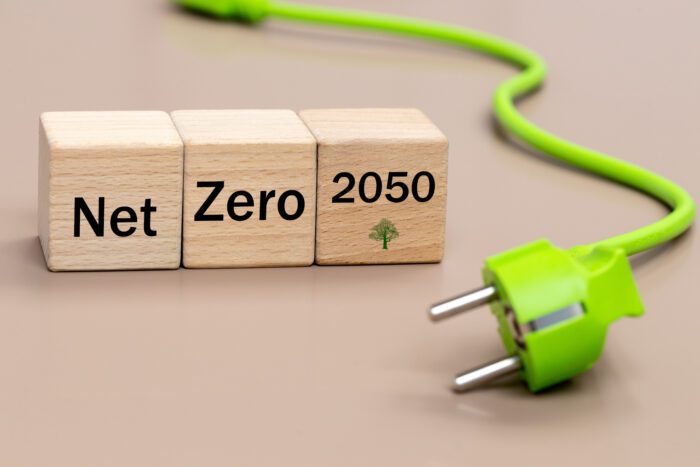As the conversation about climate change grows louder, more contraversional and even more complicated, we’ve needed to get acquainted with the terms used to explain what it means. With buzzwords such as net zero, carbon neutral and so on gaining traction into our language and we’re being educated and more equipped to be aware of the steps required to safeguard the environment.
But can the two terms net zero and carbon neutral mean the identical concept? You could be forgiven for being confused, since they are employed interchangeably by business, politicians, scientists and experts in the climate discussion. In the end, achieving carbon neutrality and net zero is the same as carbon neutrality removal of harmful emissions from our atmosphere, but the magnitude and type of emissions eliminated are distinct.
The term “carbon neutrality” was popularised following the Kyoto Protocol (1997), which created market-based mechanisms that help both governments and private businesses to reduce their emissions. It introduced the greenhouse gas emission reduction as an entirely new commodity in which emission reduction (or elimination) projects are rewarded with credits (each equivalent to one metric metric ton carbon dioxide) which can be tracked, measured and traded. In this way, the concept of offset of carbon was created. However, there’s a different term frequently confused with ‘carbon neutral’: ‘net zero carbon’.
What is the difference between net-zero carbon and carbon neutral?
The net-zero carbon concept is more complex. At the global level, the ambition is clear. Distilling high-level targets to corporate, city, or regional levels is harder to quantify. For starters, it requires sustained policy interventions across several sectors – many of which will be complex, costly, and time-consuming. For example, the UK government estimates over £1 trillion of investments by 2050 to achieve net-zero carbon. For a business, this strategy requires an ambitious 1.5°C aligned science-based target for emission reductions across its full value chain. Remaining emissions should be offset only by certified carbon removal credits (e.g., carbon capture technology and forestry). These are more costly than carbon reduction projects due to the higher investment, longer time horizon, greater permanence risk, and the complexity of the technology required.
- Carbon neutral means that any CO 2 released to the atmosphere as a result of an organisation’s activities is offset by a similar amount eliminated.
- Climate-friendly means that an activity goes above reaching net-zero carbon emissions in order to generate environmental benefits by eliminating additional carbon dioxide from the atmosphere.
- Carbon negative refers to the same thing the same way as “climate positive.”
- Carbon Positive is the way organizations define the carbon negative and positive aspects of climate. It’s usually a term used in marketing that is often confusing, so we usually avoid using it.
- The term “Climate Neutral” is the term used to describe reducing all GHG emissions to a level of zero, while also eliminating any other environmental harms an organization may be responsible for.
- Net-zero carbon emissions refers to the fact the activity emits net zero carbon dioxide into the atmosphere.
- Net-zero emissions equalize the total quantity of greenhouse gases (GHG) released as well as the amount that is removed by the earth.
Net-zero carbon goals are one of the best option for any company who is truly looking to be better built after recovering from the epidemic. Carbon neutrality is a crucial initial step, and must not be ignored. But, in order to tackle the climate change issue and ensure the future of our children businesses will have to alter their practices. Therefore, transforming the science-based promise into reality will require a customised net-zero carbon plan and roadmap developed by reevaluating the business model of the company as well as its value chain and governance frameworks – as well as working with stakeholders to develop appropriate solutions.

